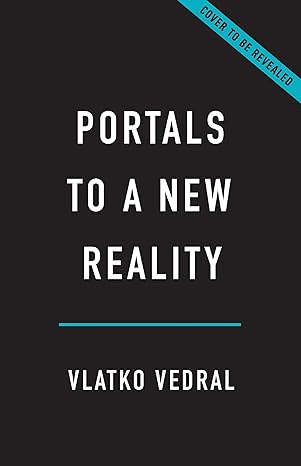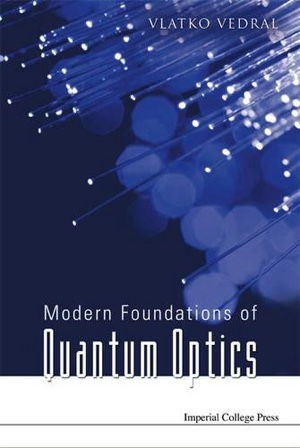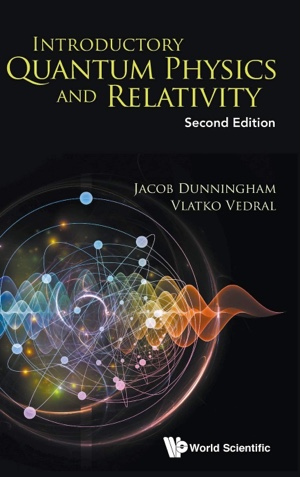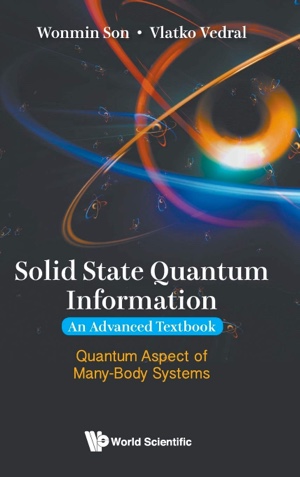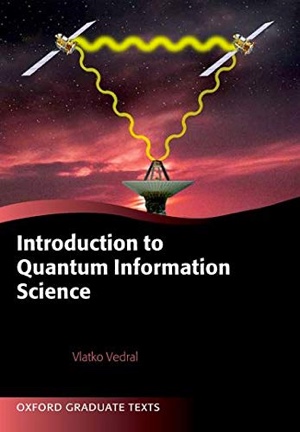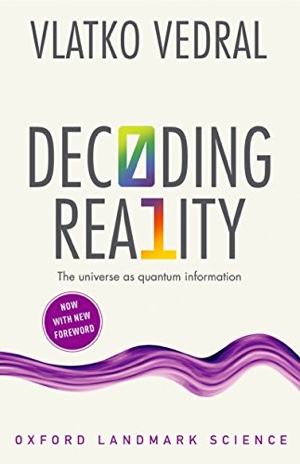The Joys of Quantum Entanglement
ORIGINALLY PUBLISHED IN SCIENTIFIC AMERICAN
Quantum entanglement is such a mainstay of modern physics that it is worth reflecting on how long it took to emerge. What began as a perceptive but vague insight by Albert Einstein languished for decades before becoming a branch of experimental physics and, increasingly, modern technology.
Einstein’s two most memorable phrases perfectly capture the weirdness of quantum mechanics. “I cannot believe that God plays dice with the universe” expressed his disbelief that randomness in quantum physics was genuine and impervious to any causal explanation. “Spooky action at a distance” referred to the fact that quantum physics seems to allow influences to travel faster than the speed of light. This was, of course, disturbing to Einstein, whose theory of relativity prohibited any such superluminal propagation.
These arguments were qualitative. They were targeted at the worldview offered by quantum theory rather than its predictive power. Niels Bohr is commonly seen as the patron saint of quantum physics, defending it against Einstein’s repeated onslaughts. He is usually said to be the ultimate winner in this battle of wits. However, Bohr’s writing was terribly obscure. He was known for saying “never express yourself more clearly than you are able to think,” a motto which he adhered to very closely. His arguments, like Einstein’s, were qualitative, verging on highly philosophical. The Einstein-Bohr dispute, although historically important, could not be settled experimentally—and the experiment is the ultimate judge of validity of any theoretical ideas in physics. For decades, the phenomenon was all but ignored.
All that changed with John Bell. In 1964 he understood how to convert the complaints about “dice-playing” and “spooky action at a distance” into a simple inequality involving measurements on two particles. The inequality is satisfied in a world where God does not play dice and there is no spooky action. The inequality is violated if the fates of the two particles are intertwined, so that if we measure a property of one of them, we immediately know the same property of the other one—no matter how far apart the particles are from each other. This state where particles behave like twin brothers is said to be entangled, a term introduced by Erwin Schrödinger.
Even Bell’s work took years to become recognized. His inequalities were first tested by Stuart Freedman and John Clauser using pairs of entangled photons in 1972. More extensive tests by Alain Aspect and his team a decade later put to rest lingering doubts that the effect might be an experimental artifact. These are the experiments that Scientific American’s staffers have now dramatized in their entertaining video.
Gradually, physicists showed that quantum entanglement was not just weird but useful. It was a resource for information processing protocols such as teleportation, dense-coding and quantum computation. Bell sadly did not live long enough to witness the recent explosion of interest in entanglement.
The world of small particles is definitely weird, but excitingly for us physicists this weirdness is also starting to spread into the everyday world of large things. The quantum revolution has only just begun.
Sign up to my substack
BOOKS
ASK ME ANYTHING!
If you'd like to ask me a question or discuss my research then please get in touch.
